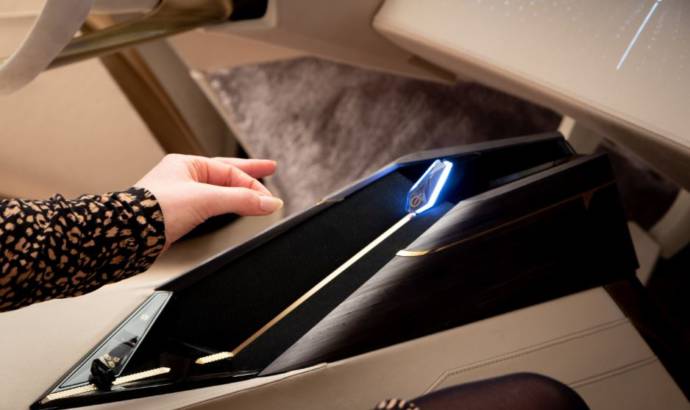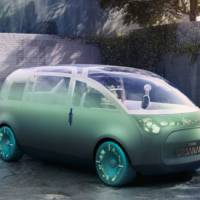DS tries to anticipate the needs of the future drivers with new technologies. Some of them offered as a premiere in the automotive world. DS Automobiles is working with Ultraleap, a global leader in human-machine interface technologies, to bring cutting-edge mid-air haptic and hand tracking technology to future DS models; in a move that could spell the end for touchscreens and buttons.
In an industry-first debuted on the DS AERO SPORT LOUNGE concept, the luxury carmaker has developed a revolutionary contact-free user experience interface, with gesture control powered by Ultraleap’s advanced hand tracking and mid-air haptic feedback technologies.
Research has found that the use of gesture control and haptics in an automotive setting, results in three-times greater accuracy when compared with a touchscreen.
Drivers and passengers can control infotainment and navigation by making simple hand gestures in mid-air. As they do so, haptic feedback is projected onto their hand to confirm that commands have been recognised and understood.
The technology has been conceived in line with DS Automobiles’ vision to reduce visual pollution in the cockpit promoting cabin wellbeing and improving safety.
Ultraleap’s world-leading skeletal tracking technology generates a virtual model of the hand’s movements, modelling not just the finger or palm but the bones and joints too, which enables the system to predict the position of a finger even if it’s obscured from view.
Once the gesture command has been registered, the system provides the haptic feedback response to confirm that commands have been recognised and understood.
Using an array of ultrasonic speakers – which operate just like normal speakers but at a high enough frequency so as not to be audible – soundwaves are choreographed to create a single, localized point of high pressure in front of the screen or surface. The slight vibrations resulting from the waves, can be detected by the skin’s receptors, simulating the sensation of ‘touch’.
These waves can be manipulated to create a series of different impulses, enabling the user to perceive different responses, such as a simple click, a dial or a ripple which can be used to sculpt different user experiences.
A range of systems in the car are controlled in this way, from the car’s entertainment systems to the navigation. The response is augmented using artificial intelligence resulting in accurate gesture control with enhanced tactile feedback in mid-air.
This type of system has been proven to offer three-times greater accuracy when compared with traditional touchscreens; reducing “eyes off the road” time and mental load. In fact, in trials 25% of participants using gesture control and haptics made no off-road glances at all, offering improved driver control and safety and a premium driving experience.



